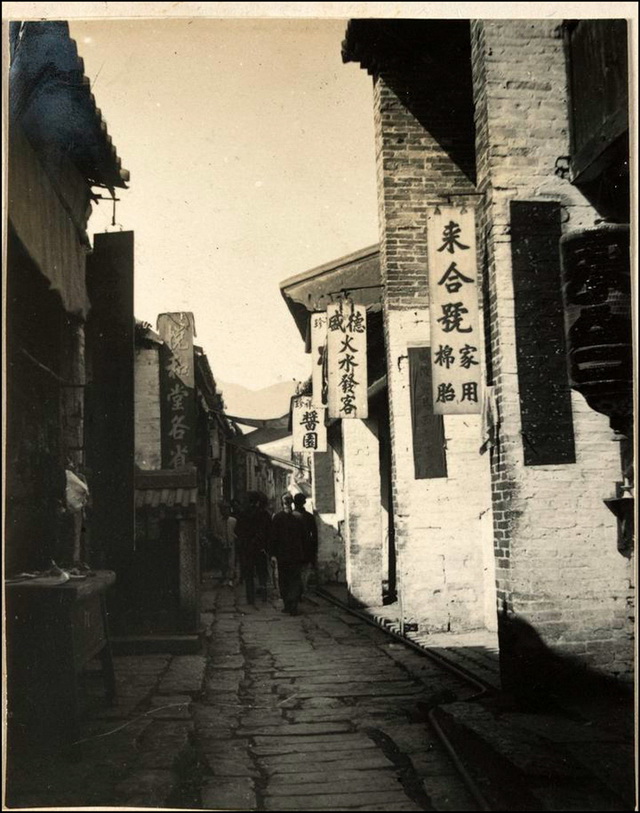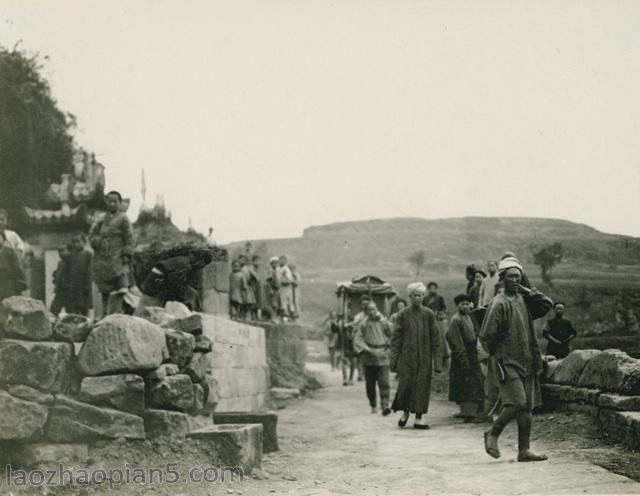[Rosewood inlaid jade “Have a safe journey” as you wish]
Rosewood inlaid jade “Have a safe journey” as you wish, in the middle of the Qing Dynasty, 46.3 cm long, 11.3 cm wide at the first
Ruyi takes red sandalwood as its handle, S-shaped wavy and smooth lines. The body is plain, and the edges are lined. It looks simple, but in fact it is exquisite. The first piece is in the shape of Ruyi cloud, the middle part and the tail part are slightly out of outline, and are respectively inlaid with white jade ornaments. The first piece is oval, the shallow relief is Lusi reed, the body is inlaid with a bottle shape, the top is carved with a dragon, and the tail is inlaid with a relief quail pattern. The combination of “Lusi”, “bottle”, and “quail” can just be homophonic as: one “road”, “flat” and “safe”, which is a typical combination of auspicious patterns with homophonic analogy, This concept and decoration technique are also very representative in the Ming and Qing dynasties
The shape of Ruyi belongs to the category of three inlays of Ruyi created by the court during the Qianlong period, that is, jade ornaments are inlaid in the head, body and tail of bamboo and wood Ruyi, mainly composed of red sandalwood, especially those inlaid with ancient jade. Some of the Warring States Period, Han Dynasty jade swords, jade belt plates, small jade cong and other treasures collected by the Qing Dynasty palace are cleverly decorated on Ruyi. There was a poem by Qianlong that said, “Hanyu sandalwood has a long handle” and “one contains three interesting things to see” (see “Chanting the Joy of Hanyu sandalwood handle” written in the thirty-sixth year of Qianlong’s reign (1771)). He was very proud of this “invention”. As a model system in the middle and late Qing Dynasty, Sanxiang Ruyi can highlight the court’s aesthetic interest of pursuing elegance, delicacy and novelty.
![图片[1]-Rosewood inlaid with jade “Have a safe journey”-China Archive](https://chinaarchive.net/Qing dynasty/Bamboo and wood tooth gourd/50003[1024].jpg)





![[Qing Dynasty] British female painter—Elizabeth Keith, using woodblock prints to record China from the late Qing Dynasty to the early Republic of China—1915-China Archive](https://chinaarchive.net/wp-content/uploads/2022/11/image-191x300.png)